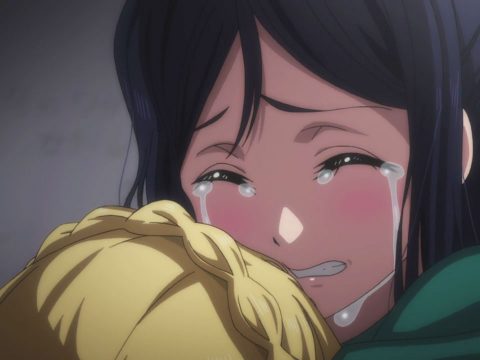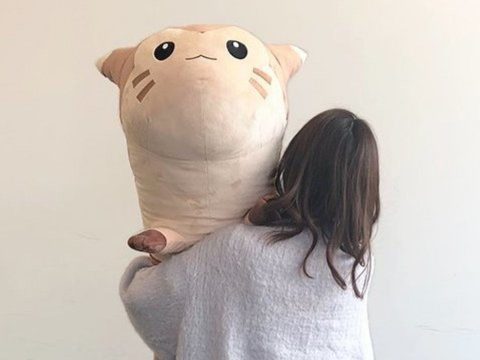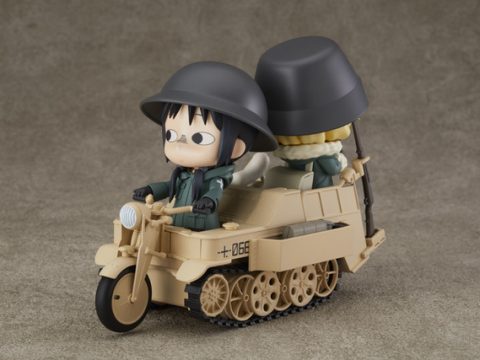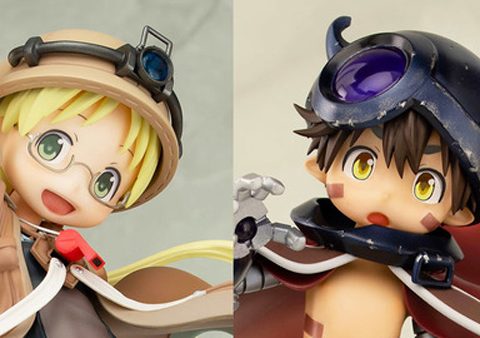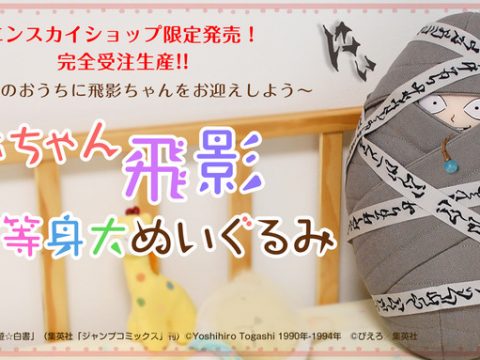[Excerpted from the August 2007 issue of Otaku USA Magazine.]
 What kind of boy hates war? None! The only real problem with war is that everyone likes it, just like drugs, alcohol, and tobacco.
What kind of boy hates war? None! The only real problem with war is that everyone likes it, just like drugs, alcohol, and tobacco.
But Japanese people did very bad things during World War II, and as a result, we cannot love our military history very much. So we envy Americans who can innocently love their victories in battle (except for Vietnam). Sometimes Americans can even say that World War II was a “good war. Well, we Japanese have never had one!
Also, the Japanese military machines of WWII were just not cool. Apart from the Zero fighter airplanes and huge battleships like the Yamato, our army looked clunky and inferior to those of other nations. Japanese tanks, especially, were so weak. So Japanese military otaku really envied German tanks, which were considered the best.
From the late 60s to the 70s, Japanese boys like myself were obsessed with making model kits of German tanks. Why tanks in particular? Because tanks are giant monsters, just like Godzilla! You can destroy anything with a tank and nothing can stop you!

For generations, the words “plastic models meant German tank kits made by the Tamiya Company. Kids were crazy about buying and building them. They even religiously studied World War II history to help make their kits even more like the real thing. The Bandai Company tried to cash in on the craze by releasing their own 1/48th scale tank kits. But while their tanks were very well designed, they were not successful in the marketplace. Tamiya was the king.
It would take an entirely new war to help Bandai finally win control of the plastic model kit world. The inspiration came from the anime series Mobile Suit Gundam, which had stopped airing on TV before the first Gunpla arrived in stores in 1980. This classic SF anime depicted a One-Year War where both sides used robot-like machines to fight instead of conventional weapons like tanks. But the show was a failure in the ratings and, only a few years later, no one remembered it.
At first, I wondered what Bandai was doing releasing new models for a then-dead property like Gundam. But in retrospect, it was a stroke of genius. Gunpla sold like crazy from the moment they arrived in stores and Gundam became a hot property again in the world of anime. How did it happen?
In previous animation, like Tetsujin 28 or Mazinger Z, there was only one version of the main character robot hero. But in the world of Gundam, the “mobile suits the pilots commanded were mass-produced. They were just machines that didn’t have any special character of their own. This meant people who bought Gunpla were free to customize their kits anyway they wanted to, just like hot rods! People could paint their kits in camouflage colors, or mix-up body parts, and create infinite variations. Then as now, Bandai encouraged Gunpla lovers to use their imagination and creativity when making a model kit.
But it wasn’t just Bandai alone that helped make the Gunpla line a success. There was also Hobby Japan magazine, which had long been a very popular publication for modeling fans. Before the Gunpla boom, Hobby Japan was mostly about tanks and hardcore military knowledge. (To make proper kits you have to learn things like which tank battalion went to Africa, which one went to Russia. Nerdy stuff like that).
 Since Gundam had only been around for a while, there wasn’t so much detailed information about the world the story took place in. So Hobby Japan began making up many things about the fictional One-Year War. It was just like what the first Star Trek fans did, inventing their own starships because the TV show itself didn’t provide so much information about the fleet itself. Through articles, illustrations, and photos of custom-made kits, Hobby Japan provided lots of background information about this huge space war, as well as modeling tips on how to make your Gunpla more realistic.
Since Gundam had only been around for a while, there wasn’t so much detailed information about the world the story took place in. So Hobby Japan began making up many things about the fictional One-Year War. It was just like what the first Star Trek fans did, inventing their own starships because the TV show itself didn’t provide so much information about the fleet itself. Through articles, illustrations, and photos of custom-made kits, Hobby Japan provided lots of background information about this huge space war, as well as modeling tips on how to make your Gunpla more realistic.
Another thing that Hobby Japan encouraged was making Gundam dioramas. The story of Gundam didn’t follow the lives of too many combatants aside from the main characters. But hardcore fans wanted to know about the Unknown Soldiers who fought the other battles that raged through the solar system. By modeling an entire environment around their kits, fans could create their own unique characters and dramatic situations. Also, Bandai ingeniously made their Gunpla kits at the same scale as the military figures sold by Tamiya. Fans could repaint and remold German soldiers into Gundam pilots and make dioramas with them! It was a true mash-up of science fiction and World War II!
The funny thing was that there was more to original Gundam than just a war story. It was actually a dramatic depiction about a boy’s transformation into a man. But the Gunpla movement focused on the background, not the characters and theme of the story. Gundam fans cared more about the mecha and the military.
Maybe that’s why Gunpla became such a phenomenon. It was finally a “good war for Japanese people to safely enjoy, because it was all fiction.



